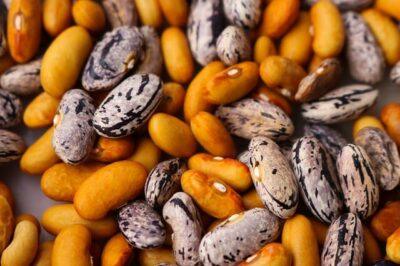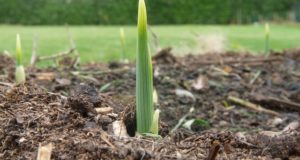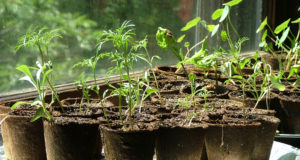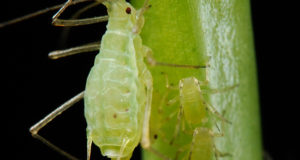We gardeners are a frugal lot. Few of us would throw out seeds that we don’t use. Whether there are too many seeds in the packages we buy (and we don’t plant them all), or whether we save our own seeds, we’ve all most likely had a seed stash somewhere at one time or another.
That’s a problem: Unless they’re carefully frozen, seeds lose their viability over time. As they age, their germination rate decreases. However, with a little bit of care, it’s easy to maximize the life of your seeds. Some gardeners even have saved seeds for 30 years with this method.
1. Keep them Dry
If you’ve saved your own seeds, it’s especially important to make sure that they are completely dry before you store them. Just spread them out on a piece of paper and let them air dry for about a week. (Keep different types of seeds on separate sheets of paper, and also keep each accurately labeled.)
Seeds need to be dry enough so that they snap or shatter when you apply force. If they simply bend without snapping, or if they just get squished, they aren’t dry enough for storage yet.
Seeds that aren’t fully dried are at risk of damage. If stored at room temperatures, they may mold or sprout. In the fridge, they may rot; in the freezer, they may suffer frost damage.
Need Non-GMO Seeds? Get Them From A Company You Can Trust!
You can ensure that stored seeds remain dry by adding a desiccant. It’s easy to make a small silica-gel-type packet of desiccant to toss in the storage container. Just wrap a couple tablespoons of rice or powdered milk in a few layers of facial/toilet tissue or cheesecloth.
2. Use the Right Storage Containers
Glass, airtight containers, like jars with rubber seals on their lids, are best. Repurposed baby food jars and small home canning jars work well. If you don’t have jars with rubber seals handy, the next best option is to tightly seal seeds in plastic bags, and then place the bags inside a receptacle with a tightly fitting lid. This second option would also decrease the number of containers needed since you could tuck multiple bags into one container.
Neither metal nor plastic containers are recommended for long-term seed storage, primarily because they don’t seal as well as glass jars with rubber seal lids.
3. Make Labels for Them
Always label your stored seeds, not just with information about the variety, but also with the date. That way, you will be sure to always plant your oldest seeds first. And, if you’re storing your seeds at room temperature, knowing how long they’ve been stored will give you a fair idea of whether they’re still viable.
4. Keep them Cool
Temperature — and consistency of temperature — is crucial to long-term seed storage. If you only intend to keep the seeds for a few years, it’s okay simply to stash them in a cool area of the house, where the temperature is fairly consistent, such as the basement.
But to max out the life expectancy of your seeds, it’s recommended that the combined temperature and humidity level be kept under 100. For example, if the temperature inside your home is normally 65 degrees Fahrenheit, then humidity levels should be 34 percent or less, which is quite dry. You can see why maintaining this standard consistently can be tricky. It’s easier simply to store your seeds in the fridge or freezer.
Keep in mind that frost-free fridges and freezers work by drawing out moisture, and can seriously dry out seeds. However, as long as your seeds are in appropriate containers, they shouldn’t become damaged.
Temperature and humidity levels fluctuate more in a fridge than in a freezer, simply because we open our fridges more often. For this reason, storing seeds in the freezer — tucked inside their sealed glass jars — is the absolute best way to prolong their longevity. After all, national and international seeds banks like the Svalbard Global Seed Vault count on freezing to keep their seeds viable for centuries. It’s hard to say how long seeds will remain viable when stored in a home freezer, but there are stories online of people successfully germinating seeds that they hauled out of their freezers after 30 years of storage.
Have you ever frozen seeds? If so, how long did they remain viable? Let us know in the comments below.
 Off The Grid News Better Ideas For Off The Grid Living
Off The Grid News Better Ideas For Off The Grid Living




